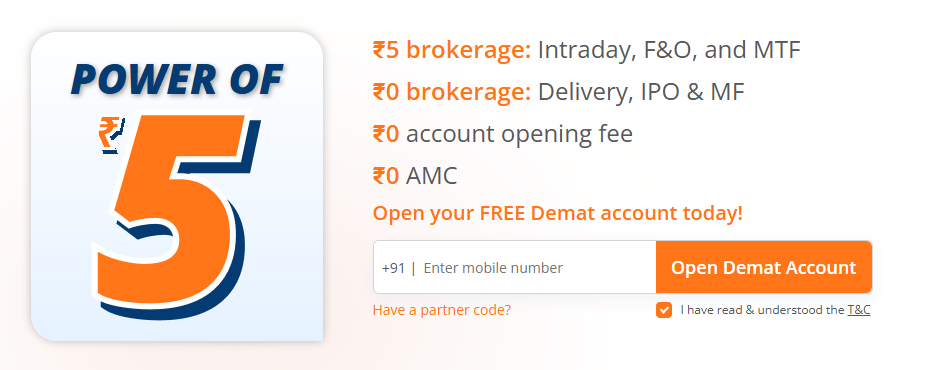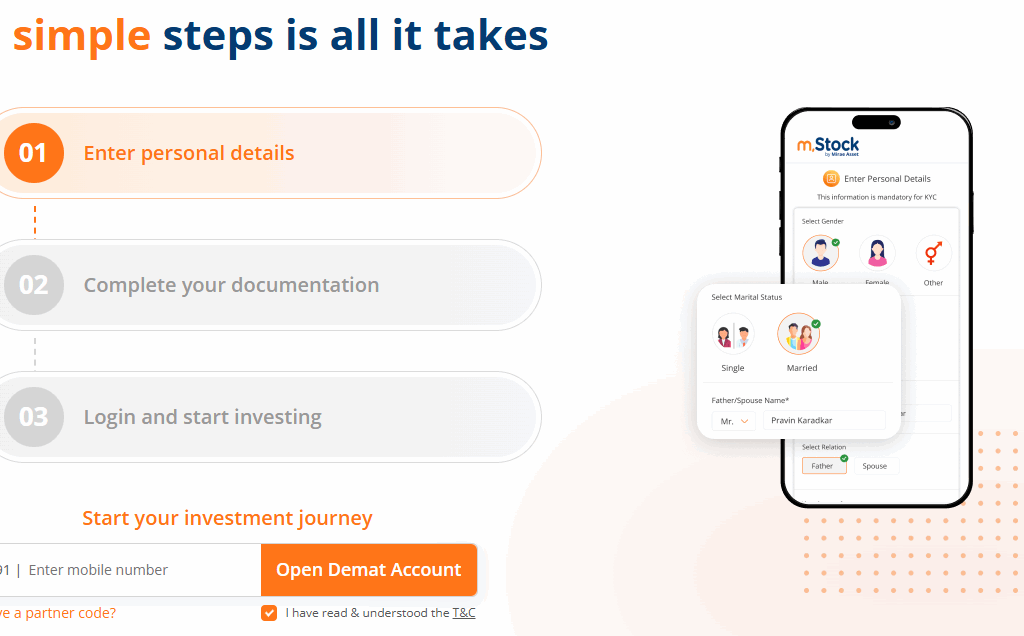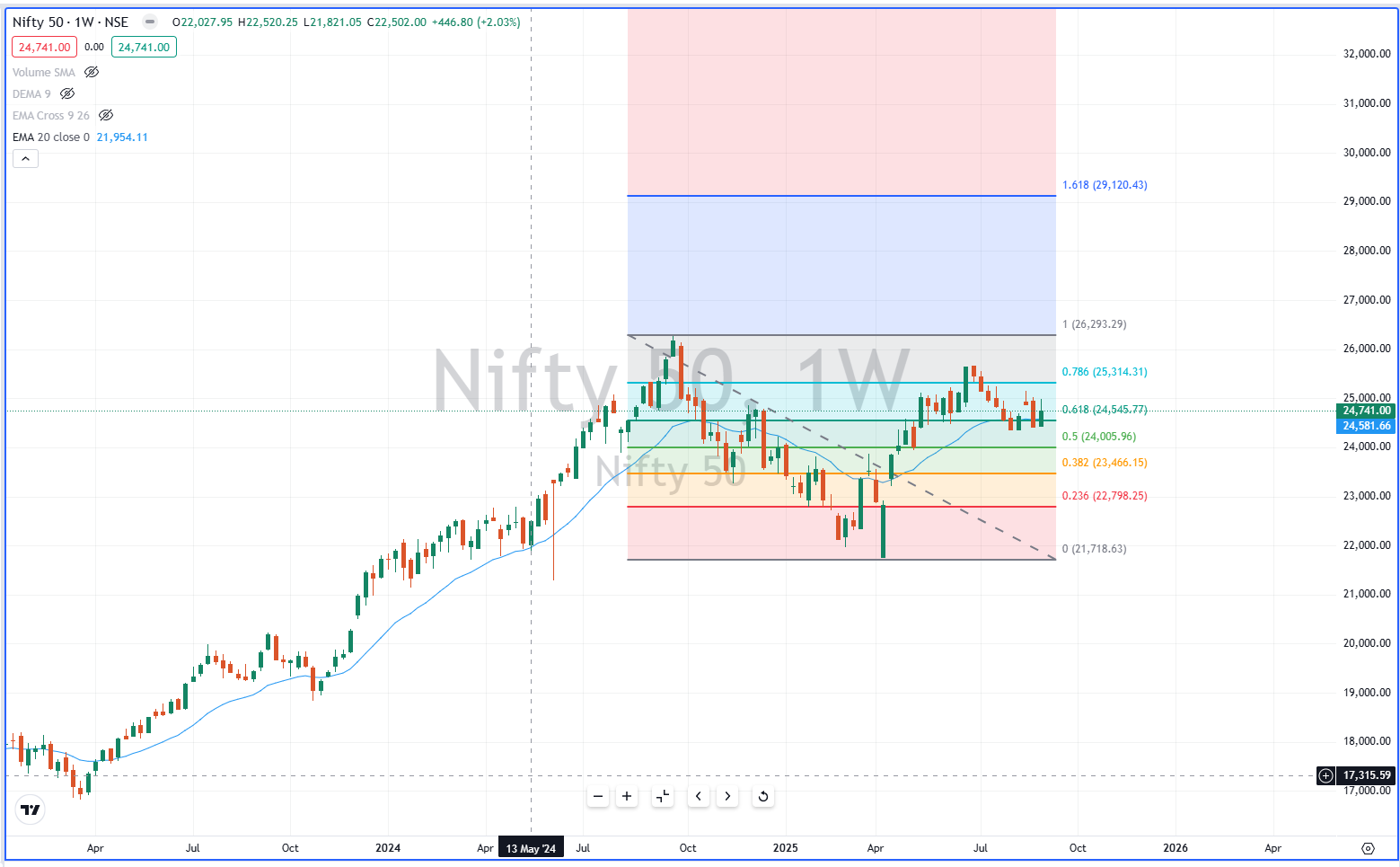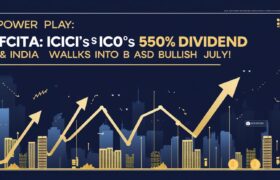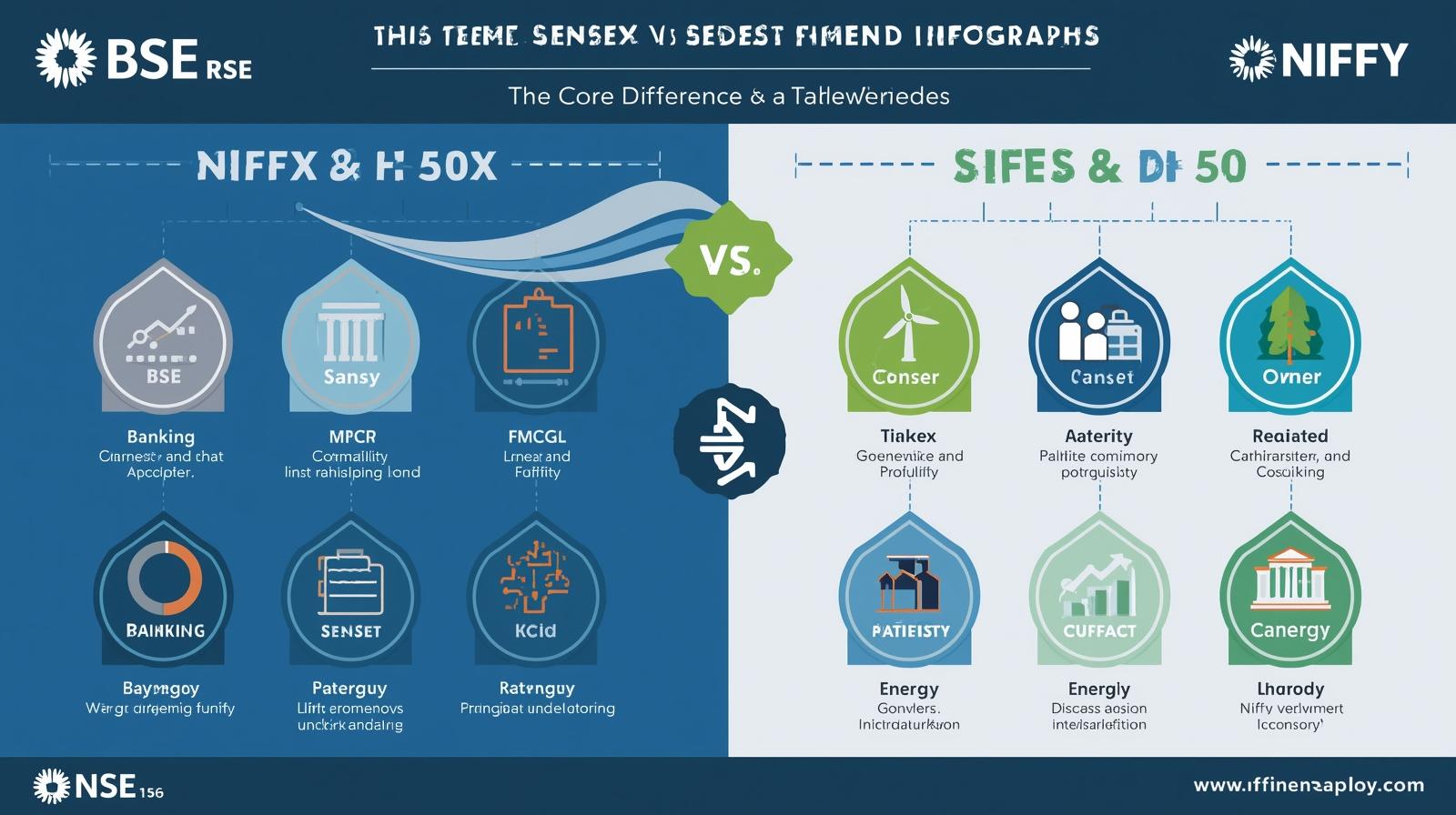🔄 Quick Recap of Lesson 2
In the last session, we learned that the stock market is like a giant auction house 🎤 where buyers and sellers come together, and exchanges like NSE/BSE match orders in seconds. We also saw how prices move based on demand and supply, and how indices like Nifty & Sensex act as the market’s pulse.
👉 Today, let’s zoom out and explore the bigger financial world. Because the stock market is just one part of the financial ecosystem.
📘 Introduction – Imagine a World Without Financial Markets
Let’s start with a small story.
Imagine Ramesh, a young entrepreneur in India. He has a dream to start an electric vehicle company 🚗⚡.
- He needs money to fund his factory. Where should he go?
- He could take a loan from the bank, but the amount is too large.
- Instead, he thinks of financial markets where he can raise money from investors.
On the other side, we have Priya, a school teacher 👩🏫. She saves a small part of her salary every month and wants her money to grow. If she puts it only in her savings account, she’ll get just 3–4% returns. She also turns to the financial markets to invest in shares, bonds, or mutual funds.
👉 Do you see what happened?
The financial market became a bridge between Ramesh (who needs funds) and Priya (who wants to invest her savings).
That’s why financial markets are the backbone of any economy.
📖 What Are Financial Markets?
A financial market is a place where people buy and sell financial assets — like stocks, bonds, currencies, and commodities.
They provide:
- Liquidity 💧 (you can buy/sell easily)
- Transparency 🔍
- Price discovery 📊
- Opportunities for wealth creation 💰
🌟 Types of Financial Markets (Explained in Detail)
Now let’s dive into the major types of financial markets one by one.
1. Stock Market (Equity Market) 📊
The stock market is perhaps the most famous financial market.
Here, companies issue shares to raise money, and investors trade those shares.
📌 Primary Market
- Where companies issue shares for the first time (IPO – Initial Public Offering).
- Example: Zomato’s IPO in 2021, LIC IPO in 2022.
📌 Secondary Market
- Once shares are listed, they are traded among investors on exchanges like NSE & BSE.
- Example: You buying Infosys shares from another investor.
💡 Real-Life Example:
Imagine Reliance issues new shares in an IPO (primary market). You buy them and later sell them to your friend on NSE (secondary market).
2. Bond Market (Debt Market) 🏦
Not everyone wants to invest in risky stocks. The bond market allows investors to lend money to companies or governments in exchange for fixed interest.
- Government Bonds: Safe, low-risk.
- Corporate Bonds: Higher returns, slightly more risk.
💡 Example:
The Indian government issues a 10-year bond at 7% interest. You invest ₹1,00,000 and receive ₹7,000 yearly.
👉 Bonds are like IOUs where you become the lender.
3. Money Market 💰
The money market deals with short-term borrowing and lending (less than 1 year).
It’s mostly used by banks, corporations, and governments to manage cash flow.
Key instruments:
- Treasury Bills (T-Bills)
- Commercial Papers (CPs)
- Certificates of Deposit (CDs)
💡 Example:
A company needs funds for 6 months, so it issues commercial paper to raise money quickly.
4. Derivatives Market 📈
A little advanced, but powerful!
Derivatives are contracts whose value is derived from an underlying asset (stocks, bonds, commodities, indices).
- Futures – Agreement to buy/sell at a future date at a fixed price.
- Options – Right (but not obligation) to buy/sell at a future date.
💡 Example:
You buy a Nifty Future at 20,000 expecting the index to rise. If it rises to 20,500, you earn profit without owning the actual shares.
👉 Used for hedging risks or speculation.
5. Commodity Market 🌾
The commodity market deals with raw materials and goods like gold, silver, oil, wheat, and coffee.
- In India, MCX (Multi Commodity Exchange) and NCDEX are popular.
- Farmers, producers, and traders hedge against price fluctuations.
💡 Example:
A jeweler trades in gold futures on MCX to protect himself from rising gold prices.
6. Foreign Exchange (Forex) Market 🌍
The forex market is the world’s largest financial market — with trillions traded daily.
It deals with currencies like USD, EUR, INR, JPY.
- Very liquid, operates 24/5.
- Used by importers, exporters, travelers, and speculators.
💡 Example:
An Indian exporter earns $10,000 and converts it into INR in the forex market.
7. Insurance & Pension Market 🛡️
This market provides long-term security.
- Insurance protects against risks.
- Pension funds provide retirement income.
💡 Example:
LIC policies, NPS (National Pension Scheme).
🎭 Story – Ramesh and Priya’s Financial Journey
👉 Let’s connect this with our earlier story.
- Ramesh raises money for his EV company by issuing shares in the stock market.
- Priya invests some of her savings in bonds for safety.
- She keeps emergency cash in a money market mutual fund.
- To hedge inflation, she buys some gold via commodity markets.
- She also invests in an NPS (pension market) for her retirement.
👉 Together, they used different financial markets to achieve different goals.
📝 Practical Activity for Learners
- Visit NSE India website → explore not just equities but also debt instruments.
- Check MCX gold prices (commodity market).
- Visit RBI website → explore government securities (bond market).
- Watch USD/INR forex rates for 1 week.
Note down your observations: which markets are volatile, which are stable?
❓ Myths vs Reality
❌ Myth: Only the stock market matters.
✔ Reality: The financial system has multiple markets interconnected.
❌ Myth: Only rich people can invest in financial markets.
✔ Reality: Even ₹500 can start your investment journey today (via SIP, gold, or bonds).
🎯 Key Takeaways
✔ Financial markets = backbone of the economy.
✔ Types include: Stock, Bond, Money, Derivatives, Commodity, Forex, Pension/Insurance.
✔ Each serves a unique purpose: raising funds, investing, hedging risks.
✔ Smart investors diversify across markets.
Course Introduction
🌟 Coming Up in Lesson 4
👉 “How Do Companies Get Listed? – Understanding IPOs and the Primary Market.”
We’ll explore why companies go public, how IPOs work, and how investors can participate.
Mark your calendar – Lesson 4 is on the way with exciting insights on IPOs.🚀
Open Demat Account
by Mirae Asset (m,Stock)
